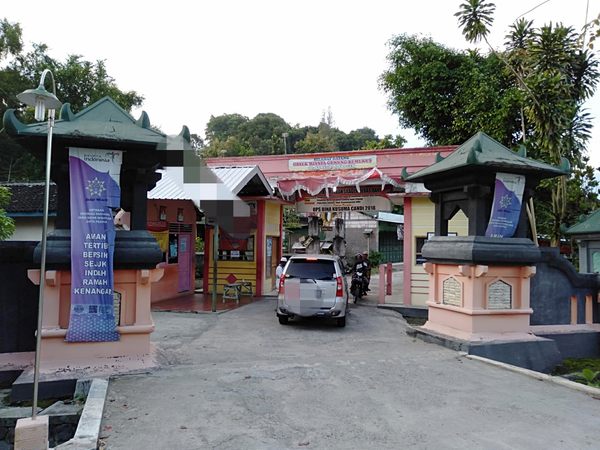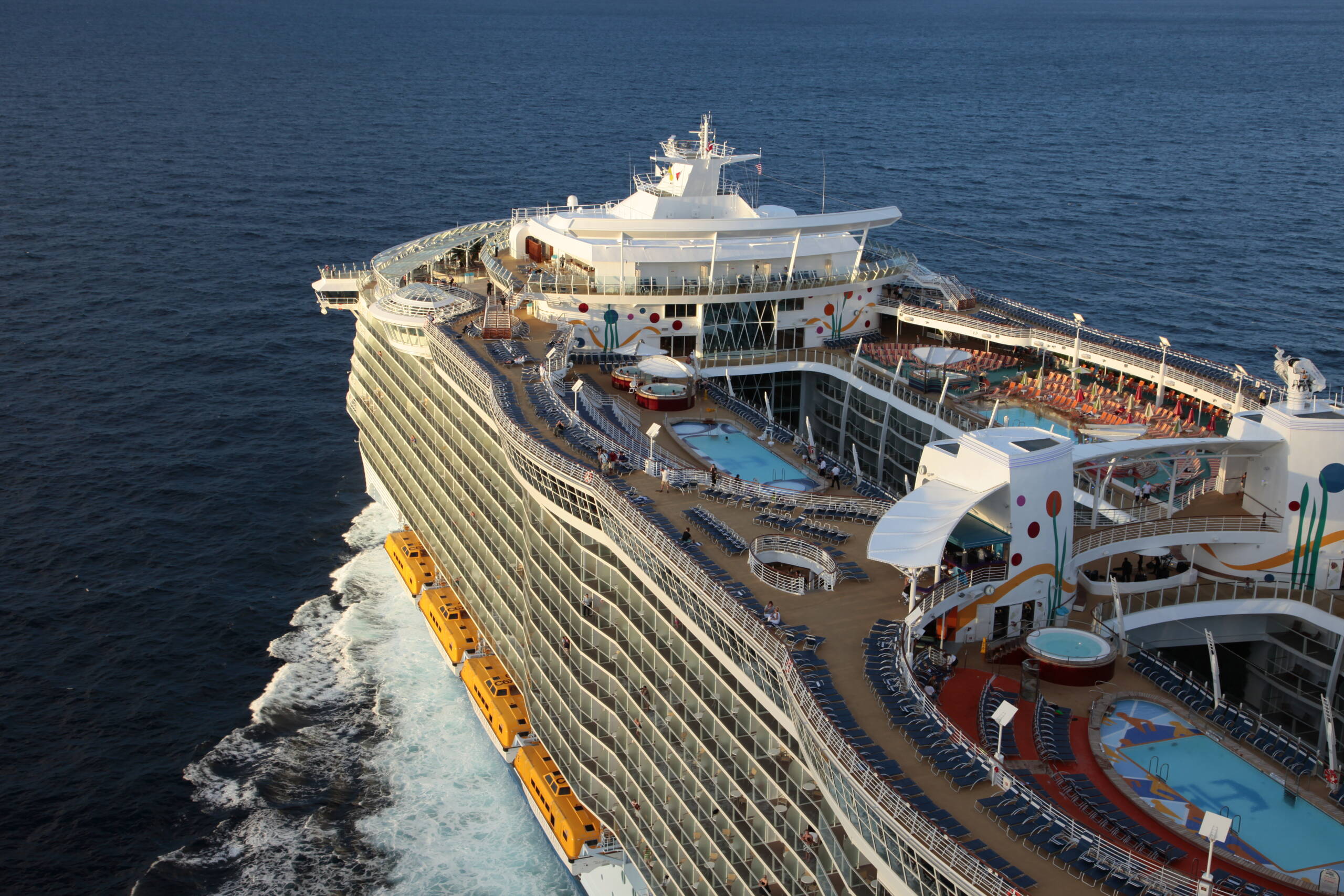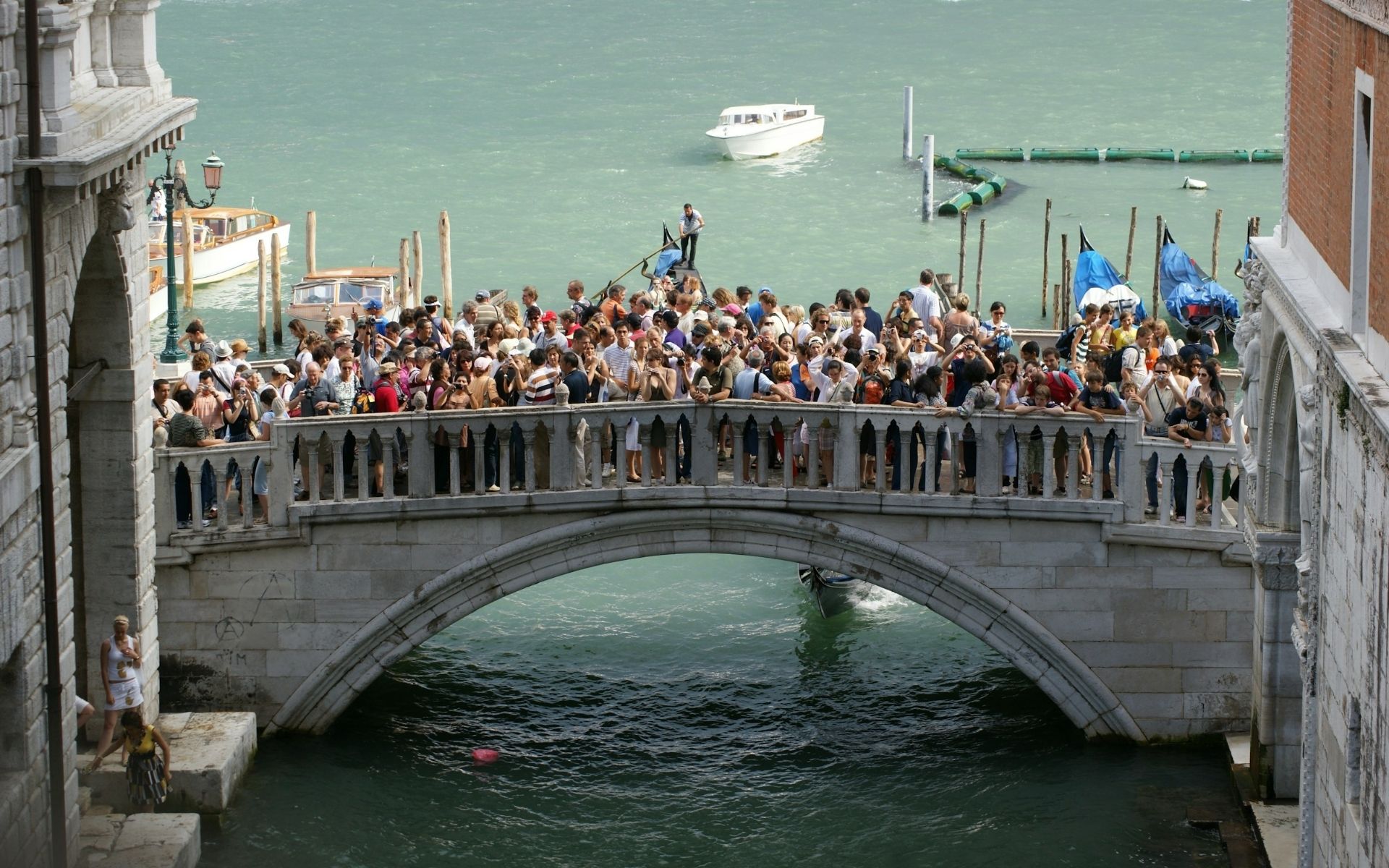Inglis Bridge in Aldershot, England
Stretched across the Basingstoke Canal, near Aldershot, England, is a remarkable relic of World War I engineering: the world's only surviving Inglis Portable Military Bridge. This sole survivor of Sir Charles Inglis’ revolutionary design is a testament to ingenuity in the face of wartime necessity. The Inglis Bridge was designed for rapid deployment, enabling troops to cross obstacles with unprecedented, and often crucial, speed. Its modular, lightweight design allowed for easy transport and assembly, a vital advantage in the chaos of the Great War. Of the many Inglis bridges that were deployed, most were dismantled or destroyed soon after use, leaving this example as the only one that remains. Its location in Aldershot, the "Home of the British Army," is no accident, and is likely the reason for its survival. The bridge was erected here in 1915, during World War I, likely for training or testing purposes. Recently granted Grade II listed status, the bridge's historical significance has been formally recognized. While the historic bridge now simply carries a sewer pipe across the Basingstoke Canal, this unassuming, unceremonious, role belies the historic value it holds and the engineering prowess it represents.


Stretched across the Basingstoke Canal, near Aldershot, England, is a remarkable relic of World War I engineering: the world's only surviving Inglis Portable Military Bridge. This sole survivor of Sir Charles Inglis’ revolutionary design is a testament to ingenuity in the face of wartime necessity.
The Inglis Bridge was designed for rapid deployment, enabling troops to cross obstacles with unprecedented, and often crucial, speed. Its modular, lightweight design allowed for easy transport and assembly, a vital advantage in the chaos of the Great War.
Of the many Inglis bridges that were deployed, most were dismantled or destroyed soon after use, leaving this example as the only one that remains. Its location in Aldershot, the "Home of the British Army," is no accident, and is likely the reason for its survival. The bridge was erected here in 1915, during World War I, likely for training or testing purposes.
Recently granted Grade II listed status, the bridge's historical significance has been formally recognized. While the historic bridge now simply carries a sewer pipe across the Basingstoke Canal, this unassuming, unceremonious, role belies the historic value it holds and the engineering prowess it represents.





































































































































































































































































